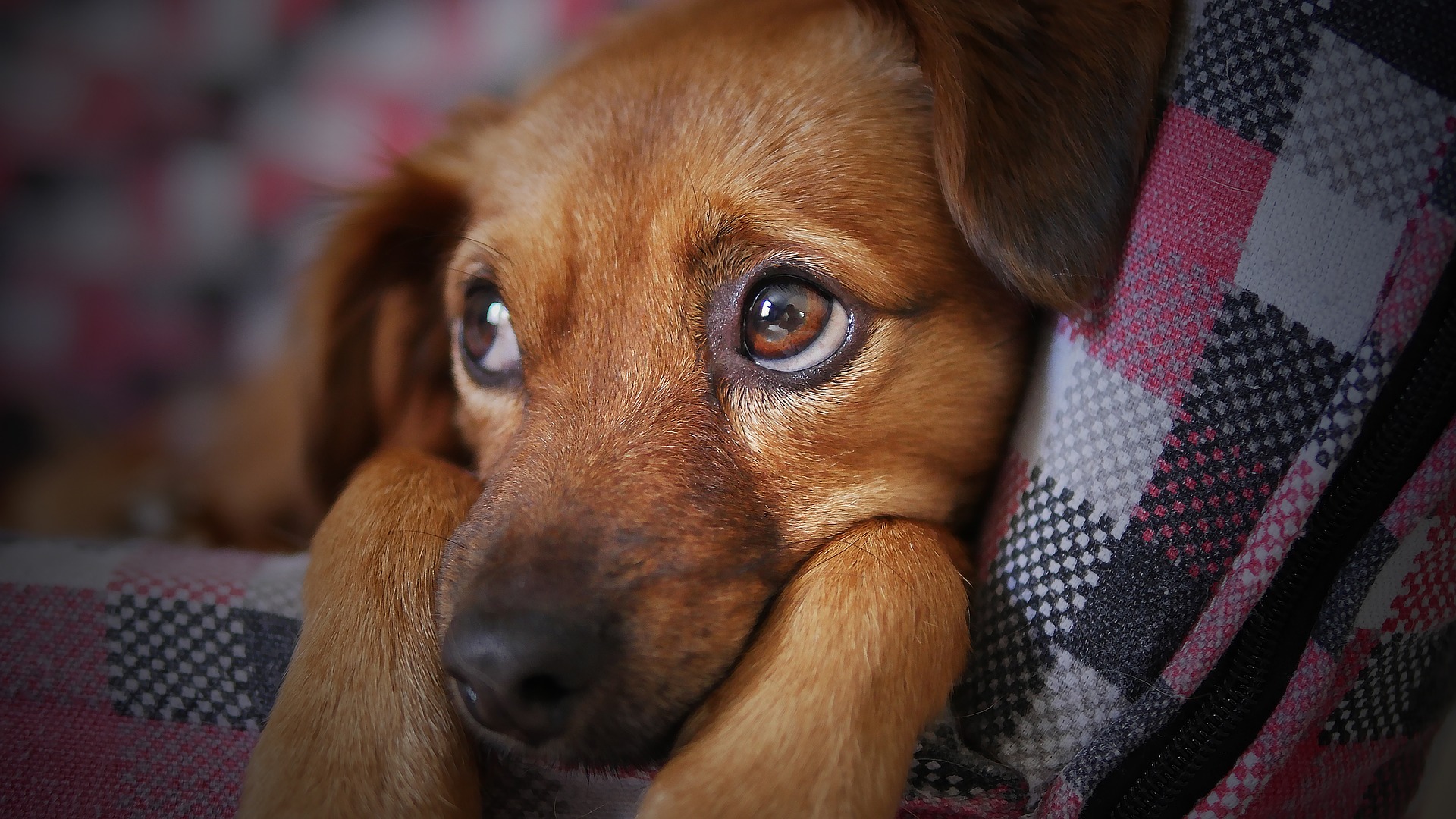
25 Mar The Use of Feeding Tubes in Dogs and Cats Post-Surgery
Feeding Tubes in Cats and Dogs
Feedings tubes in cats and dogs are occasionally recommended for our oral surgery patients to help them for a limited period of time in their post-surgical recovery.
The most common feeding tube placed in dogs and cats is an esophagostomy feeding tube. “Stoma” refers to opening and “esophago” refers to the esophagus. The esophagus is the muscular tube connecting the mouth to the stomach.
An esophagostomy feeding tube is placed under general anesthesia by a veterinarian and allows for bypassing a painful or uncomfortable oral cavity. This may be desired after extensive oral surgery or in patients who may have additional conditions that make them reluctant to eat.
Common indications for feeding tube placement in dentistry patients include numerous, or full mouth dental extractions, jaw fracture repair, maxillofacial trauma, oral burns, and oral tumors.
What are the benefits of using a feeding tube?
The primary benefit of a feeding tube is that it allows a pet to receive adequate nutrition and hydration during its recovery. A pet that doesn’t want to eat is a concern and a frustrating source of worry, especially with an older pet. In humans, simply having a wisdom tooth pulled may make a person reluctant to eat. Imagine a pet needing most or all of their teeth removed? They may also be reluctant to eat.
Another advantage of an esophagostomy feeding tube is that it allows for ease of administering oral medications which are almost always needed after oral surgery. Oral medications can be challenging enough to administer to a healthy pet. An esophagostomy feeding tube can mitigate both of these challenges after oral surgery.
Is the use of feeding tubes in cats and dogs safe?
An esophagostomy feeding tube is a term that may conjure fearful images. However, it is simply a rubber style tube that exists out of the left side of the neck. A small bandage (think turtleneck) keeps it in place along with some skin sutures (stitches). And a cap keeps the tube from leaking.
A special veterinary prescription diet is administered through the tube using syringes. There are no needles involved! The tube may remain in place from as little as a few days and up to a few weeks–dependent on the individual patient.
When we place an esophagostomy feeding tube at Animal Dental Care and Oral Surgery we always have a discharge appointment with the pet owner to demonstrate to them how to maintain and feed their pet through the tube. We spend as much time with the owner as they need until we have answered all of their questions and they feel comfortable feeding their pet.
Pets will be able to eat normally with the tube in place. Once the pet is eating on their own, the sutures holding the tube in place are removed by one of our veterinary staff team members, and the tube removed. Anesthesia is not required for removal and the stoma site will heal on its own in a few days.
Most pets won’t require a feeding tube.
A feeding tube is unnecessary for the vast majority of patients undergoing dental care and oral surgery. However, in certain patients, particularly cats and small dogs that have been through trauma or oral injuries, such as jaw fractures, it may be part of the treatment plan. This will ensure the pet is able to get the nutrition and hydration they need during the post-surgical healing period.
At Animal Dental Care & Oral Surgery, the health and safety of your pet are our number one priority. We never take action that would put your pet under undue risk. The different therapeutic options we offer allow our patients to recover as quickly and comfortably as possible.
Images used under creative commons license – commercial use (3/25/19) Pixabay

